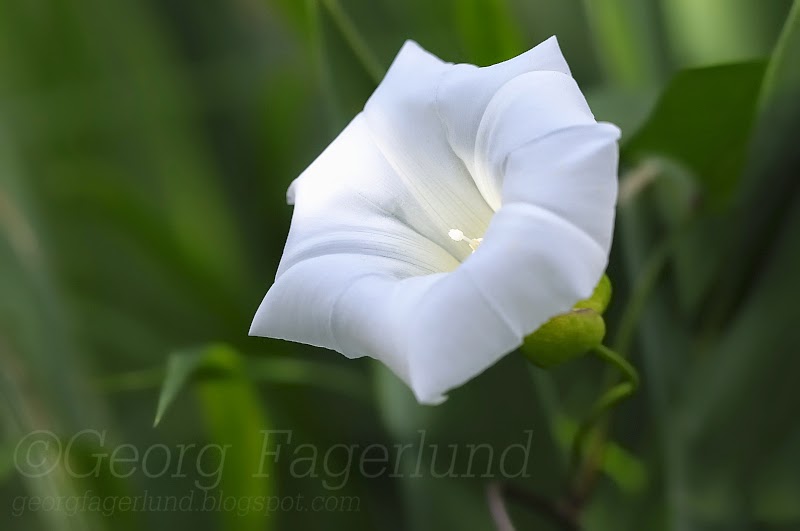"It's not just about a photograph, it's the outdoor experience." - Doug Gardner
What's most important in nature and wildlife photography? For me it's definitely the nature it self. In these ten years I've learned that it's not so important to make that image, but to be there, and just relax and enjoy the surroundings, views, sounds, smells... the whole experience. In the beginning, I so often missed not only the photo, but the moment too. Once I remember how a herd of deer passed us by in the forest, and they were close, really close. What did I do? My camera wasn't ready so I started to make adjustments just to make a nice picture. When I was ready, yes, the deer were gone. No image, but I missed the moment too, and that sucks. So there are times when it's better just to enjoy the creation, sit still, listen, make observations and forget the camera. Like last night for example, great time listening owls and sounds of returning swans, the sounds of spring! (That was it, the last post in this "10 years of photography:...". From March onward I'll try to figure out something else.)
What's most important in nature and wildlife photography? For me it's definitely the nature it self. In these ten years I've learned that it's not so important to make that image, but to be there, and just relax and enjoy the surroundings, views, sounds, smells... the whole experience. In the beginning, I so often missed not only the photo, but the moment too. Once I remember how a herd of deer passed us by in the forest, and they were close, really close. What did I do? My camera wasn't ready so I started to make adjustments just to make a nice picture. When I was ready, yes, the deer were gone. No image, but I missed the moment too, and that sucks. So there are times when it's better just to enjoy the creation, sit still, listen, make observations and forget the camera. Like last night for example, great time listening owls and sounds of returning swans, the sounds of spring! (That was it, the last post in this "10 years of photography:...". From March onward I'll try to figure out something else.)




























